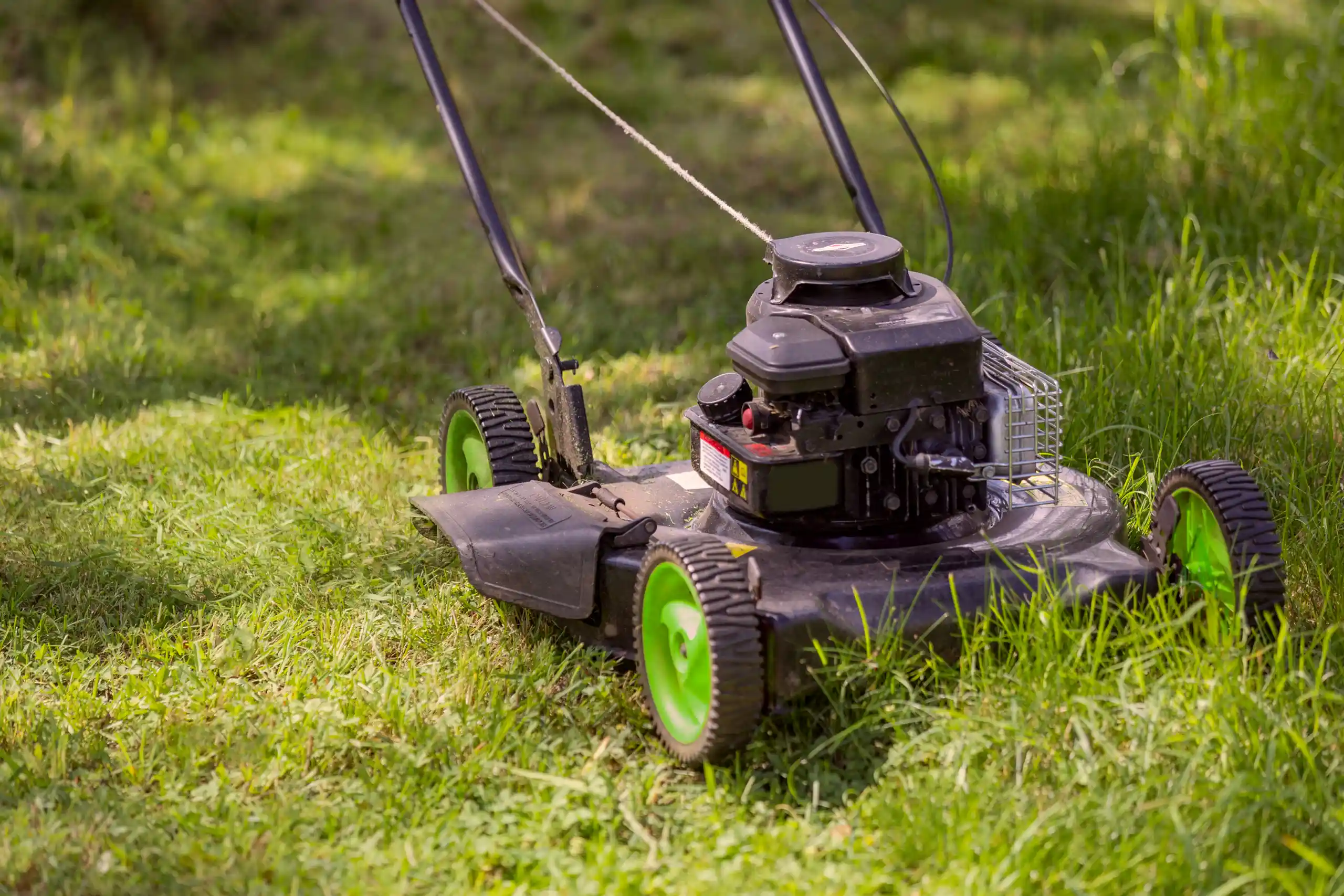Establishing and watching your new lawn grow is an exciting and rewarding experience.
When your lawn has started to sprout, providing the correct care and maintenance is essential for it to continue thriving.
One of the most important aspects of new lawn care is knowing when to cut it for the first time.
This guide will cover everything you need to know about cutting your lawn for the first time, including timing, tips, and post-mowing care.
When should a new lawn have its first cut?
The best time to cut new grass is approximately 6–8 weeks after sowing your seeds.
At this point your seeds will be well-established, have evenly covered your lawn, and have reached a height of around 3-4 inches.
It is important to be aware that different grass types may have varying growth rates.
- Cool-season grasses like Perennial Ryegrass and Fine Fescue can establish quickly and germinate in as little as 3–4 days.
- Warm-season grasses like Bermuda and Centipede may take longer due to their slow growth.
Always ensure you have given your lawn enough time to germinate effectively before you start cutting.
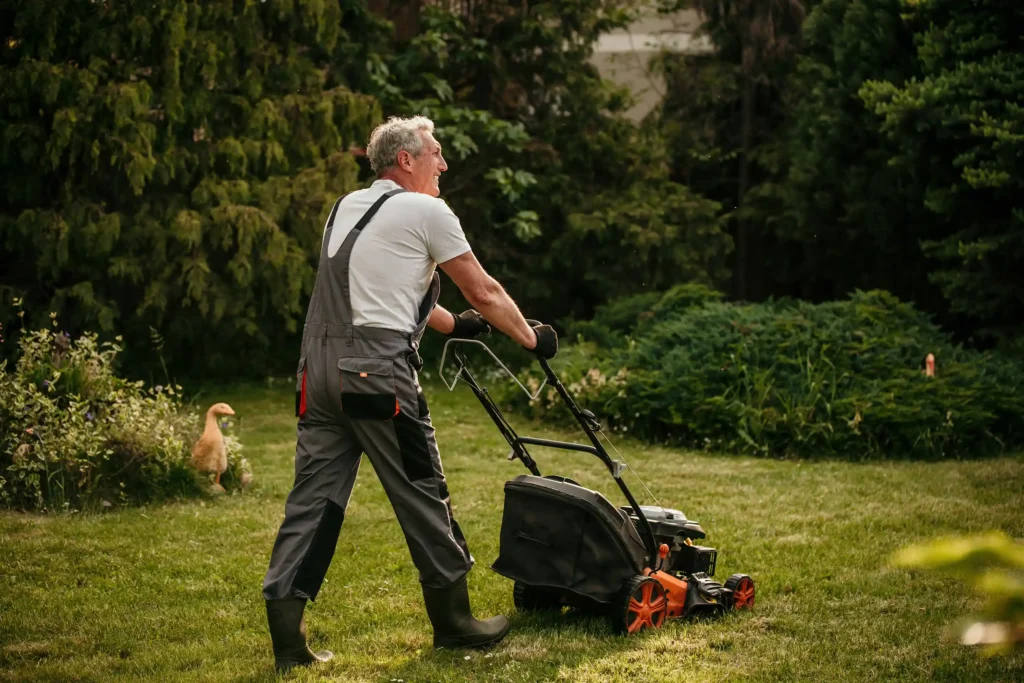
Tips for cutting new grass
Now that you are aware of the best time to cut your new lawn, it is time to look at how you can effectively do it yourself.
Remember that cutting new grass requires extra care and attention, as it will be more delicate than mature grass.
Here are some of our top tips for mowing your new lawn:
- Be patient. Wait for your grass to reach a height of 3–4 inches before mowing. During this time, your grass roots will have had enough time to fully establish themselves, while the blades will be strong enough to withstand the cutting process.
- Use a sharp blade. Always ensure your mower blade is sharp before cutting a new lawn. Dull blades can tear at grass instead of cutting and can cause unnecessary damage.
- Mind the weather. Avoid cutting your grass in extreme temperatures or conditions, as this can cause stress to your lawn.
- Mow when dry. Similarly, you should avoid mowing your lawn when it is wet, as wet grass can clump together and can result in you achieving an uneven cut.
- Opt for the highest setting. Set your mower blade to the highest setting to ensure that only the top portion of the grass is removed.
- Remember “the third rule”. Always remember to never remove more than a third of the blade height at a time, as this can hinder your lawn’s growth and even establishment.
- Clear up clippings. After mowing your new lawn for the first time, we recommend removing any cuttings from your lawn and adding them to a compost heap to be used as fertiliser in the future. However, after a few cuts, you may want to leave clippings on your lawn to form a thin layer of mulch
- Limit foot traffic. Once your lawn has had its first mow, try to keep children, pets, and equipment off the grass as it starts to recover.
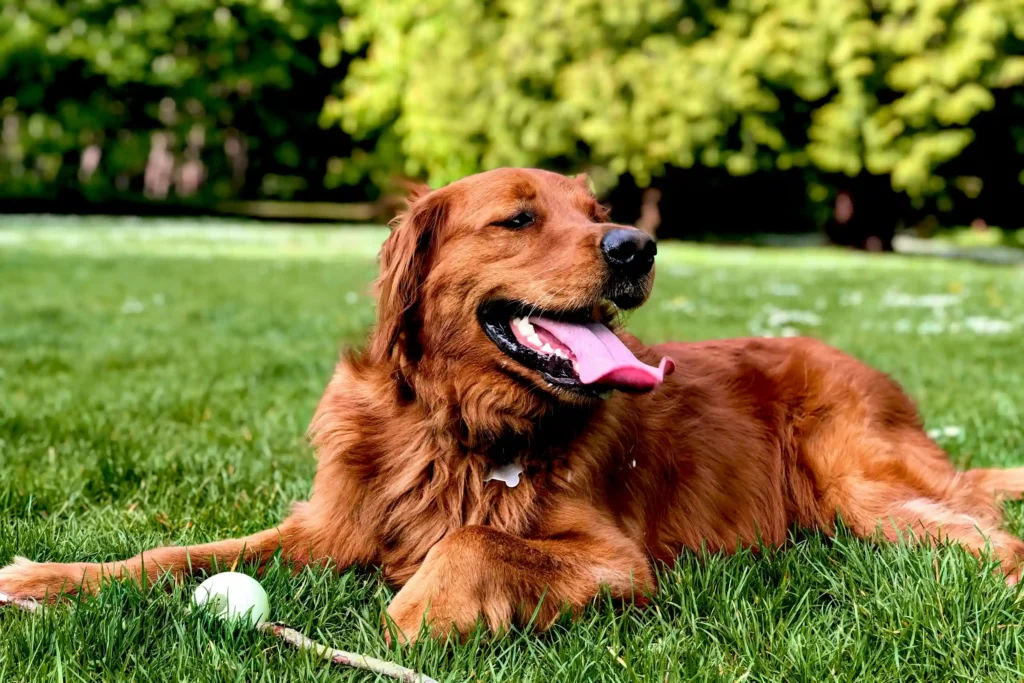
What happens if you cut new grass too soon?
Timing is everything when cutting new grass, as it needs time to germinate and establish before experiencing the stress of mowing.
Cutting your grass too soon disturbs this process and can significantly impact the growth and health of your lawn.
Premature mowing can cause your grass to suffer from:
- Damaged roots
- Bare patches
- Uneven growth
- Stunted growth
- Soil compaction
- Susceptibility to disease
- Weeds
All of these can weaken your lawn and create further problems if not addressed quickly.
However, these issues can easily be avoided by simply waiting until your grass is ready and has reached an adequate height.
Common mistakes to avoid when cutting new grass
When it comes to new lawn care, mowing too early is not the only common mistake that gardeners make.
It is frustrating when you make one that undoes weeks of hard work and effort establishing your lawn.
With that in mind, here are some of the most common mistakes so you can avoid them:
- Mowing too short. This can add unnecessary stress to your lawn and weaken its roots. Prevent this from happening by gradually reducing the height of your grass each time you mow your lawn.
- Using dull blades. If your mower’s blades are not sharp, they will tear grass out instead of cutting. This can easily be avoided by sharpening your blades before you start mowing your lawn.
- Setting blade height too low. Results in a scalped lawn with exposed soil that is vulnerable to weeds and pests. Avoid this by starting with the highest setting on your mower for the first few cuts, then gradually lowering the blade over time.
- Cutting wet grass. Wet grass clumps together, which can not only damage your lawn but your mower too. You can easily work around this by checking the weather and planning to mow your lawn on a dry day.
- Mowing too frequently. Over mowing new grass can cause additional stress, weaken roots, and stunt your lawn’s growth. Ideally, you only want to mow your lawn when it is necessary and allow it to grow to approximately 3–4 inches before cutting again.
- Leaving debris. Not clearing your lawn of sticks, rocks, toys and so on can cause damage to your mower and may result in an uneven cut. Avoid this by thoroughly checking your lawn before you start mowing.
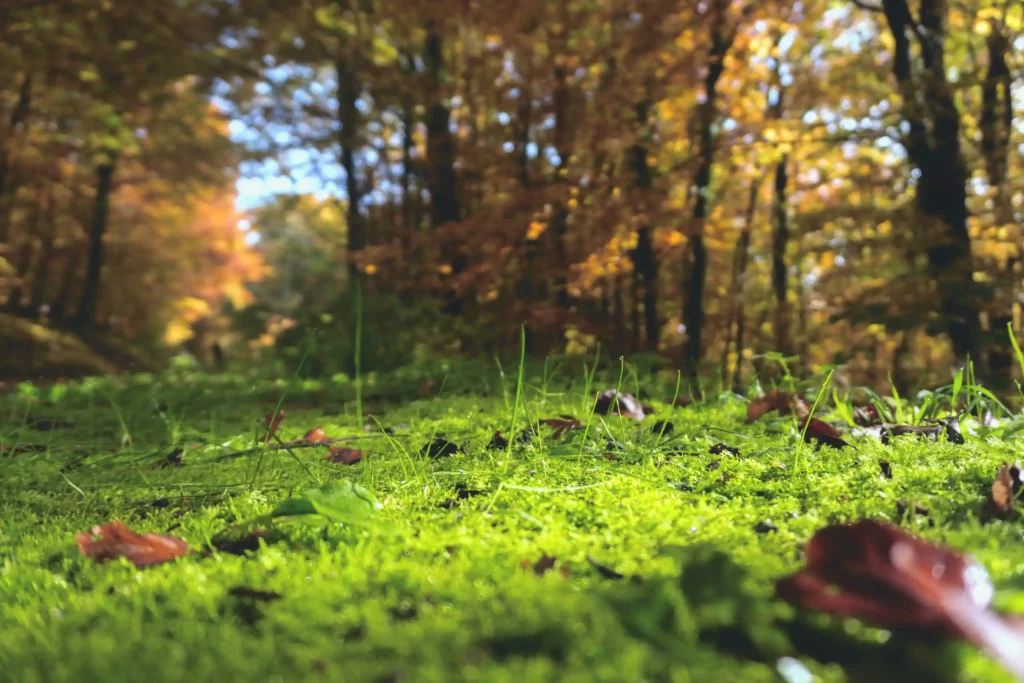
Post-mowing new lawn care tips
After mowing your new lawn for the first time, you are ready to start providing it with aftercare.
Post-mowing care is essential for maintaining a healthy and resilient lawn that will thrive throughout the seasons.
Use these tips to ensure you are providing your new lawn with the correct aftercare:
- Water regularly. This is particularly important during the summer months when temperatures are higher. Generally, lawns require one inch of water per week, but this can vary depending on grass type and your local climate. If there is considerable rainfall in your area, avoid watering, as this could result in your lawn becoming water-logged.
- Add nutrients. Replenish your lawn with our Perfect Prep Fertiliser, which has been expertly blended to supply your lawn with all the nutrients it needs to flourish throughout the seasons. Your lawn’s feeding frequency also depends on grass type and climate.
- Consider aeration. If you suspect that your grass is suffering from soil compaction, you may want to aerate the lawn after mowing. However, you should avoid aerating your lawn in the height of summer and winter, as this can put stress on your lawn.
- Control weeds. Weeds may become more apparent after mowing and will need to be removed promptly, as they compete with your grass for nutrients, air, and water. For a new lawn, we recommend manually removing weeds or using our lawn-safe Weed Wipeout to spot-treat them.
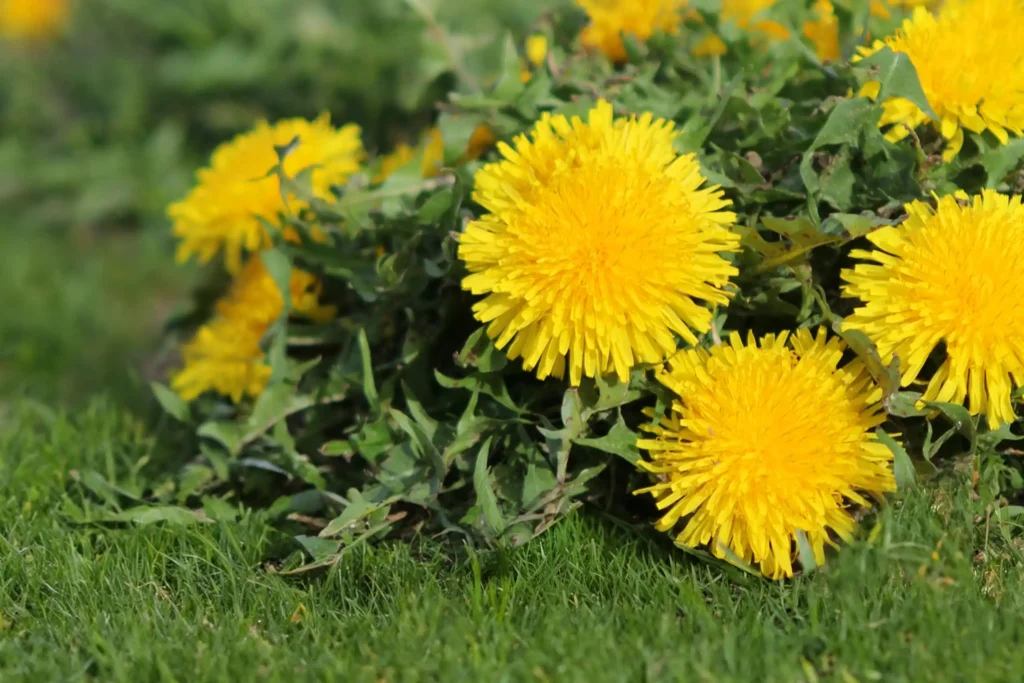
Ready for your new lawn to thrive?
Knowing when to cut new turf and actually doing it for the first time can be daunting, but it does not have to be.
Waiting for the right time, avoiding common mistakes, and providing consistent aftercare are key to your new lawn’s success.
Start your journey to your dream lawn today and take our quiz to be paired with your perfect bundle.
